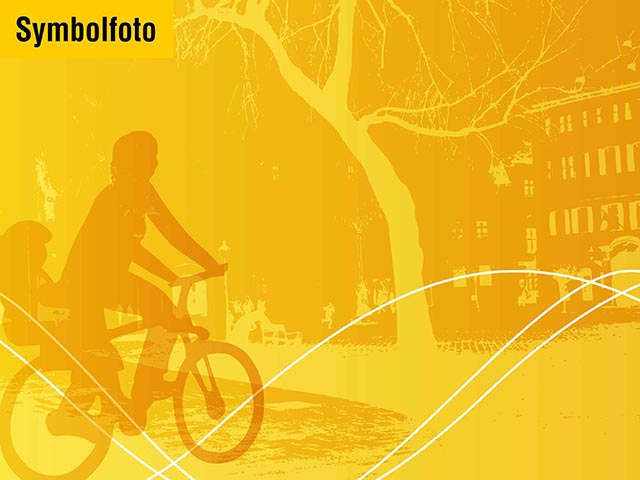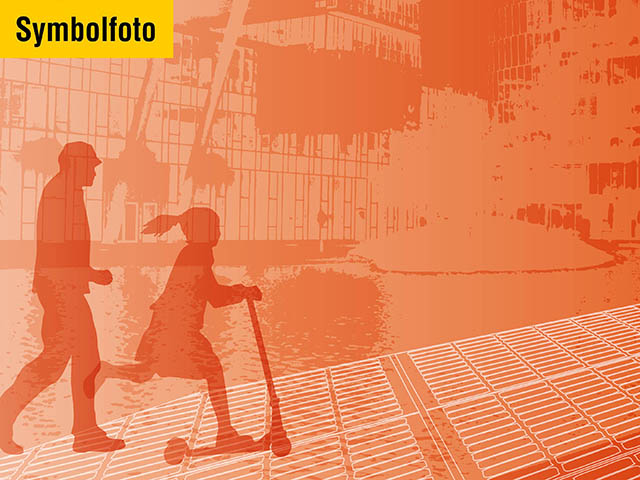
Sharelivery combining Sharing and delivery
Ziele/Ideen
Mobility sharing concepts are becoming increasingly important for urban transport planning. Services such as bike sharing and car sharing expand the range of mobility offers and can lead to a reduction in the volume of traffic, especially in inner-city areas. In addition to sharing concepts in the field of passenger transport, there are already similar models in the field of first- and last-mile freight logistics and parcel delivery, which are organised "crowd-based". However, these services are usually not interlinked and also have a different customer base.
This is precisely where the Sharelivery project comes in, in order to make better use of existing potentials and synergy effects: various shared mobility and logistics offerings are bundled into a single product. This allows passenger and freight transport capacities to be used more efficiently, resources to be used better and emissions to be reduced. Service offerings (e.g. ride sharing, car sharing, crowd delivery) that were previously only usable separately are now being combined at the software and hardware levels to form a complete system.
Overall challenge – Continuing increase in traffic congestion and emissions
Particularly in urban areas, the problem of increasing traffic volumes and resulting emissions demands new, sustainable transport solutions, such as mobility sharing. This can be seen in the following data: the transport sector in Austria accounted for 28% of the greenhouse gases emitted in 2015 (cf. Umweltbundesamt 2017). The City of Vienna is fully aware of its responsibility in the area of climate protection. 21% of the emissions (compared to 1990) are to be saved by 2020 (cf. Schenk, Burgholzer, Jamek & Luggauer 2016).
Optimizing the vehicle utilization in sharing systems
Achieving sufficient capacity utilisation of individual vehicles. Also from the operator’s point of view, capacity utilisation is the key to success, as every unused hour is vehicle downtime, which generates costs but no revenue. The optimum that would be unattainable in practice would be a permanent use of the vehicles, as this would mean that the distribution of the vehicles would perfectly match the demand for mobility
New trends and changes in urban delivery logistics
New trends and changes in urban delivery logistics A second central challenge regarding the mobility system of the future is the first and last mile in urban delivery logistics. Capacity utilization of the transport carriers during supply and disposal processes decreases near source and destination, and bundling of goods becomes more difficult in the last section of the supply chain (vgl. BMVIT n.d.). Deliveries, especially in the last-mile sector, have increased strongly in recent years. Shipment sizes are becoming smaller and delivery frequencies are increasing. Deliveries directly to the customer increase in contrast to deliveries to local retailers (BIEK KEP study 2013, p.15). Time windows are getting narrower, order deadlines shorter. Just-in-time deliveries, where a product is delivered at exactly the time required by the customer, are increasing. Shipment structures are becoming increasingly atomized (Petermann 2001). Fine distribution is now the biggest cost driver (Blecker 2002). Here the challenge of the reorganization of urban logistic systems comes into play.
Dominance of large delivery companies
There are oligopolistic tendencies in the CEP (Courier, Express and Parcel) industry. In Germany, the 10 large CEP companies have a market share of over 69%. Appropriate ICT solutions for transport and capacity optimization and tracking are difficult for SMEs to access due to a lack of standards. During planning of intermodal and cross-company transport and transfer processes, it is not possible to include the large number of small companies on the market. In addition to the Funding Agency Austrian Research Promotion Agency (FFG) 15/46 described problem, there are also clear deficits for the customers: The delivery often takes place at unfavorable delivery times or goods reach the customer damaged or delayed. Also, up front agreements on delivery times with the transport companies are hardly possible. Crowd delivery can play here a missing puzzle stone, if the interfaces are defined well for both sides.
Kurzbeschreibung
Sharelivery aims to combine various services in the field of shared mobility and logistics (crowd delivery, multimodal transport sharing and ridesharing) at the software and hardware level in one overall system. This means that passenger and freight transport capacities can be used more efficiently, resources can be better used and emissions can be reduced. Based on a market analysis and the identified needs and challenges of various stakeholders, a system model for sharelivery is developed in the project. This model is then specified with the involvement of stakeholders and potential users and expanded into an overall test phase.Resultate
The project has already received a first round of funding for an exploratory project by FFG - national funding agency for industrial research and development in Austria. The agency has financed 192.811€ for this research The collaboration involves both research, companies and TU Vienna to form a think tank.
Partner
TU Vienna: Project Partner
Lojika field labs: Project partner
Greenride: Project partner




